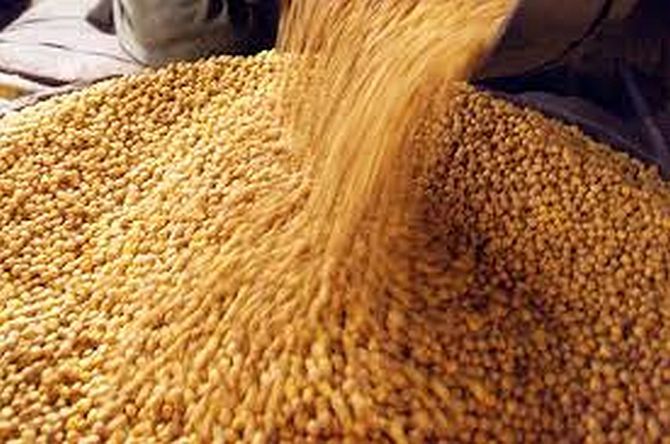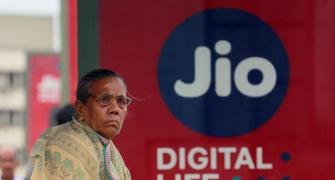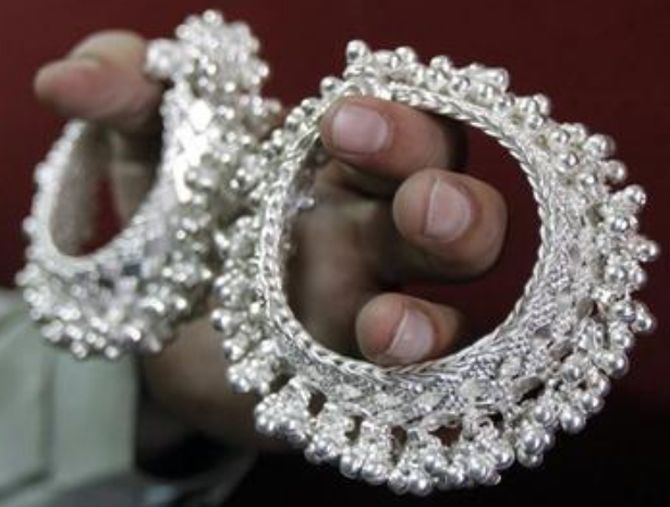Distributing chana is easier than other varieties of pulses as it only requires cleaning and sorting and can be consumed whole; it was also abundantly available with Nafed.

The distribution of free pulses under the Pradhan Mantri Garib Kalyan Package (PMGKP) was extremely low in the early stages of the programme, according to officials, because the preferences of the states and what was there on offer did not sit comfortably.
The states weren’t at fault, either, because the Central government had left it to them to select the varieties they wanted to distribute.
However, the situation improved after the states were denied the option.
Earlier the states wanted to distribute the varieties that weren't readily available with Nafed (the main custodian of the Central government’s pulses stocks) and not the ones that were abundantly available with the organisation.
While Nafed was holding mountains of chana (whole gram) in its stocks, states were demanding other varieties, mainly urad and masoor.
The government data shows that in the part of Garib Kalyan Yojana that started in April, as many as 14 states opted for arhar (tur), which was the maximum, while just seven wanted chana to be distributed through their ration shops.
Nafed is responsible for milling the whole pulses and sending them to the states for distribution.
Then it is the states’ responsibility to supply them through ration shops.
Distributing whole chana is much easier than it is for other whole varieties, namely tur, urad, moong, and masoor, because it requires just cleaning and sorting and could be consumed in the whole form as well.
Consuming other pulses varieties without processing is not easy.
While announcing the Garib Kalyan Package in late March, barely days after the nationwide lockdown had been declared, the government had said free pulses of 1 kg would be provided to each of the beneficiaries in accordance with regional preferences.
This, sources said, considerably slowed the process because states started asking for the varieties they wanted.
As the lockdown caused almost all dal mills to stay shut, processing and polishing whole pulses was stuck, leading to delay.
As a result, according to some reports, around 10 per cent of the monthly pulses requirements, estimated to be around 195,000 tonnes, were able to reach the beneficiaries by the end of April.
Around 195 million ration cardholders in the “poor” category were eligible to get 1 kg of free pulses under the Garib Kalyan Package each month in April, May, and June.
“The ration shops too were clogged because the volume of transactions was high and the demand for grains and pulses was heavy,” a senior official said.
Course correction
When the next tranche of the Atmanirbhar package, for returning migrants, was announced in May, the government did a much-needed course correction and decided to distribute just chana and didn’t leave it to the states to determine the variety of pulses that they wanted to distribute free.
The results were immediately available.
The data shows in June the states had received 90 per cent of the quantity dispatched under the earlier Garib Kalyan Package.
They have received almost 94 per cent of their quotas of pulses in June under the Atmanirbhar package for migrants.
The data is till June 30.
“Chana is easier to distribute because it requires minimal processing and could be consumed after basic cleaning and sorting.
"States which opted for chana in the first phase of distribution, such as UP, have managed to reach the beneficiaries timely as compared to others,” a senior official said.
In around 18 centres, from where whole gram was distributed, officials said the distribution was much quicker.
Officials said if from April itself only chana was distributed instead of giving the choice to states to distribute other pulses varieties as well, then of the around 3 million tonnes available with the government now, almost 2.1 million tonnes would have been consumed.
“This would have helped in future procurement operations under various price support schemes,” the official explained.
Pitfalls
Some traders, however, said the distribution of whole chana through the public distribution system (PDS) had its drawbacks.
As whole chana is not processed or polished, it can be channelled back into the open market because the chana meant for the PDS is difficult to distinguish from that not meant for ration shops.
A few weeks back, there have been reports that police in Madhya Pradesh seized a truckload of chana meant for the PDS.
“But the crucial difference here is that the incentive to siphon off whole gram is much less than in the case of other pulses because it is the cheapest variety of pulses available in whole form,” the official explained.
The procurement cost of chana is around Rs 49 a kg while for arhar, moong, and others, it is higher.
Even in polished form, chana dal is cheaper than other pulses varieties.
Photograph: Reuters










